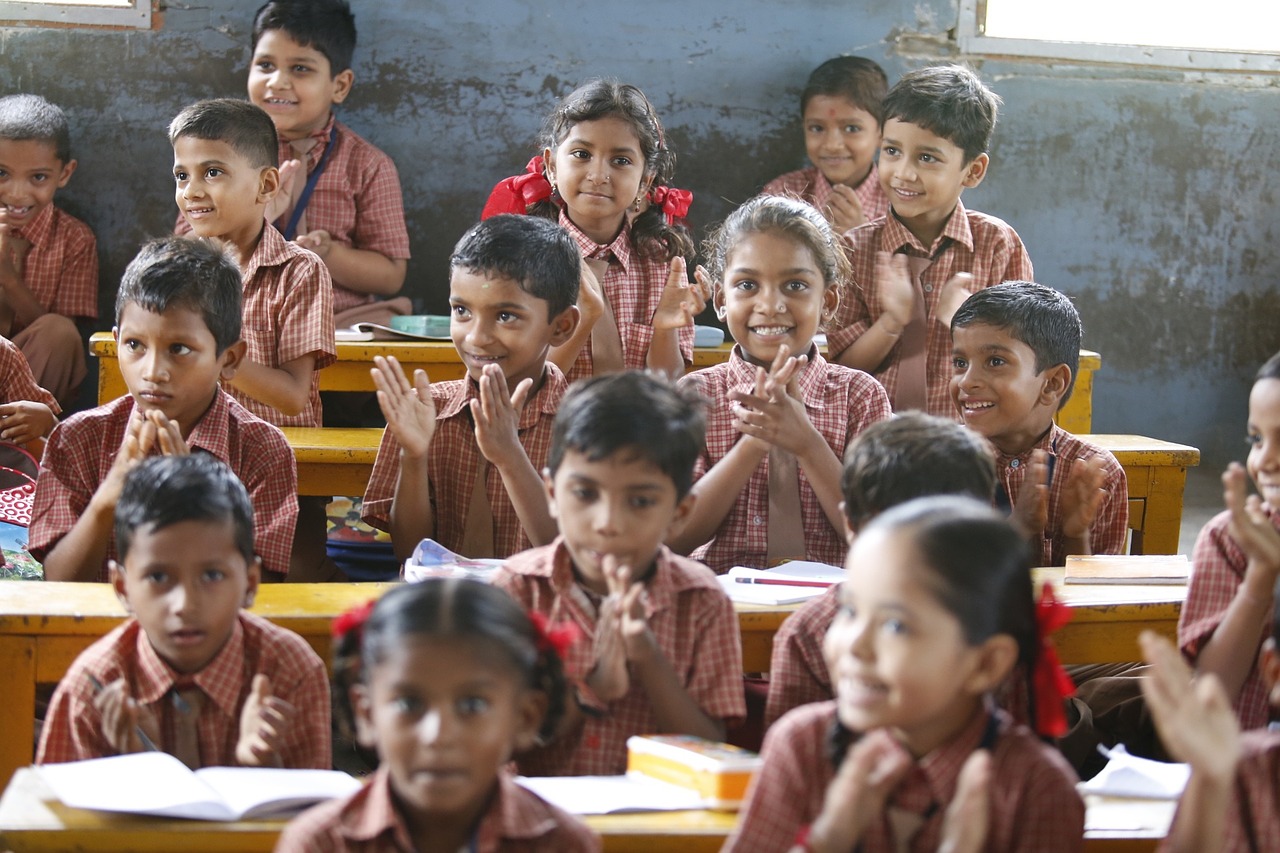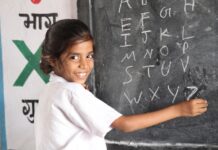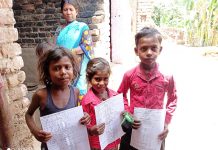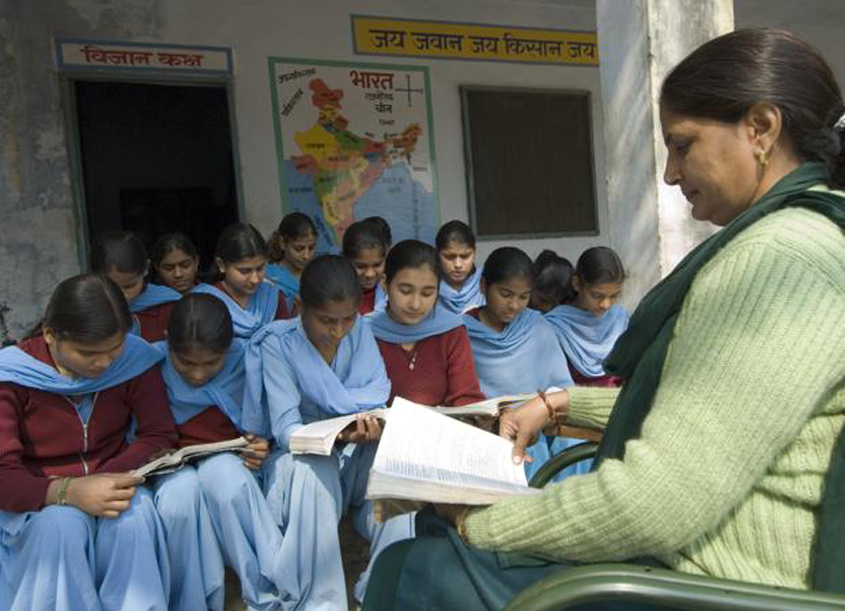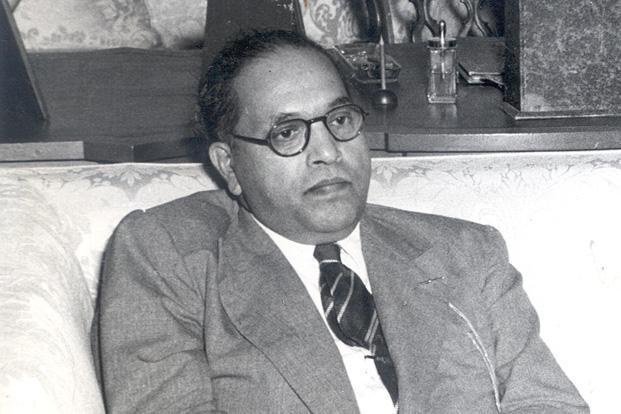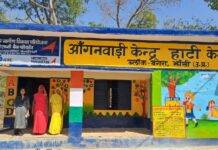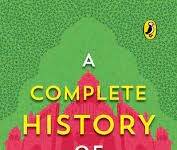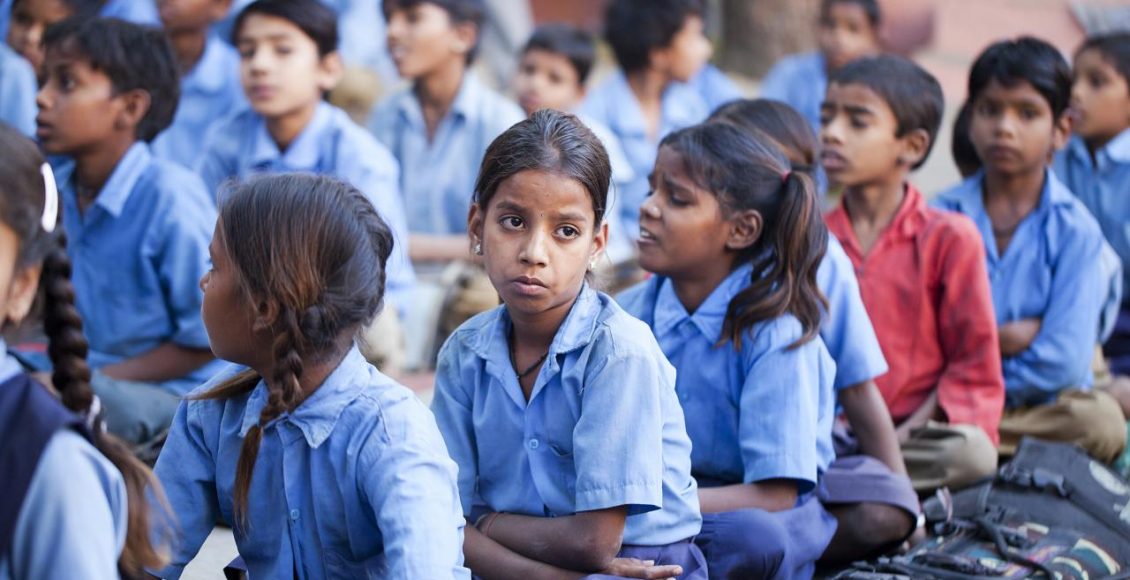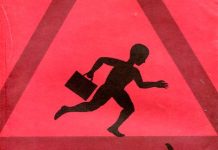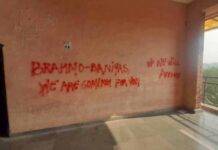My recent visit to Landour (Uttarakhand) on a school trip opened my mind to a critical question pertaining to the teaching of the social science in our schools. I attended the Sunday mass at the Kellogs’s church where the Pastor, to my pleasant surprise, brought the issues of Kashmir and article 370 and initiated a prayer for the residents of the valley. This event left me contemplating that a profane and sacred religious institution incorporated a political and controversial issue, in its prayer meet, implying that people of the locality cannot afford to remain immune to the happenings of the geo-political space, in the vicinity. This incident opened my mind and left me introspecting on issues of school and classroom practices, in my work place.
I am a social science teacher at an English Medium Public School in Delhi, under the Defence Ministry. The classrooms of such schools are culturally rich with students belonging to different states. Owing to the transferable nature of jobs of the parents, admission remains an ongoing process.An attempt has been made to analyse two major school activities ,that occur on a regular basis.
The culture and the school is reaffirmed through its rituals, ceremonies and classroom activities. Regular participation in such activities help the students internalize the values and norms of the school. Certain rituals are routine happenings like the morning assembly. Durkheim (1961:474f) expressed his notion on rituals as “There can be no society which does not feel the need of upholding and reaffirming at regular intervals the collective sentiments and the collective ideas which make its unity and its personality…this moral remaking cannot be achieved except means of reunions, assemblies and meetings where the individuals being closely united to one another, reaffirm in common their common sentiments”
The theme of the assembly saw no change either after the Pulwama attack or when there was a transformation of the state boundary of Jammu and Kashmir. The content of the assembly continued to retain its usual flavour. The Principal stands at the higher pedestal signifying power and control. She recites a prayer and the students are expected to repeat the same, in a monotone, without applying any thought. Students are not considered able enough to construct their own prayers and express the same in their own words. Every student is believed to possess a religious affinity. There is no room for the expression of the sentiments of Atheist and Free thinkers.
Bernstein (1977[1975];60), explicitly said that the routine rituals in an institution like School signifies con-sensuality and assist in the integration of various goals of the schools, within a coherent set of shared values, so that the values of the school can become internalised
At the assembly ,a skit or a talk on moral values are performed or delivered. The Assembly is concluded with the usual rhetoric of the Principal on the importance of discipline and strategies of achieving higher grades. This event explains that conformity to school order and discipline is the primary requisite for the smooth functioning of the school.
The upheavals of the world outside is deliberately kept out of children’s knowledge and understanding. They are made to believe that everything is normal. The conflicting political and socio-cultural happenings need not be their concern.
The classroom discourse resonates similar apolitical ethos. The post Globalized era, a positivist culture is witnessed in the classroom practices. Social Science is taught in a positivist Paradigm. The way the textual knowledge is treated and delivered is very much in akin with natural sciences. The content delivery is objective, learning is structured with smart boards and limitations of the lesson plan. The textual knowledge is legitimised and all other queries are considered irrelevant.
Giroux (1984), explicitly emphasised that knowledge became closely linked to scientific facts and methodology. Knowledge that is socio culturally constructed, in this technological advanced smart classrooms, is ignored and rejected owing to the assumptions that knowledge is objective and value neutral.
“Data” taken from the socio-cultural subjective world is considered nonscientific and treated as not worth employing in classroom discourse. Habermas (1970).
Bernstein’s visible pedagogy is accepted. Interestingly, Defence School under discussion, has children of varied backgrounds. The students bring with them the experiences of different schools and, the culture of their home states. The common-sense knowledge of students is not included in the classroom discourse.
Bruner (1996) emphasised that education is situated in a socio -cultural context.
Such major political events of Pulwama attack and the scrapping of Article 370 and reorganisation of the political map of Jammu and Kashmir have brought the entire nation into a critical inquiring mode but the school is kept by a deliberate attempt from any such impact. Outside the classroom on an unofficial note, when I engaged in discussions with students of classes 12 and 10 to understand their minds, I discovered young minds teeming with opinions either for or against the movement. This cocooned school culture became a source of concern for me.
Learning curriculum should find a place in the lived experiences of the community and should echo the perspective of the learner. “A community of practice is an intrinsic condition for the existence of knowledge and participation in the community’s cultural practices an epistemological principle of learning.” Lave and Wegener (1999:25).
Critical inquiry, debates and discussions on issues pertaining to social and political conflicts should be brought into classroom discourse where students should be allowed to freely express their viewpoints. Teachers should encourage in creating an open forum of discussions where diverse views find expression. Such classroom environment empowers the students to think beyond the obvious.
While teaching the chapter on “Development” in the Economics syllabus of class 10 CBSE Curriculum, issues linked to marginalised communities with respect to caste, religion and economic status, lynching of beef traders should find a central place in pedagogic discourse. Demonetisation and farmers’ distress can be a matter open to discussion when learning the chapter on “Money and Credit”
“Education as process represents the coming together of people who should be asking questions and seeking answers, while learning as much as they can about themselves and other human beings.” Giroux(1976:p.21).
Critical thinking and pedagogy cannot be fostered unless teachers are empowered to express their opinions and transform the classroom culture to a higher level of critical consciousness. Otherwise, the teaching and learning of Social Science will remain futile, routinised ,plagued with facts and figures. Rote learning will be the route to higher grades. The very essence of social science knowledge construction and transmission based on critical thinking and subjectivity would be lost to a positivist paradigm of objectivity, predictability and rigidity. Students will emerge as technocrats but would fail to seek and embrace multiple truths to a socio-cultural perspective.
Soumya Jain is an educationist based in New Delhi.

